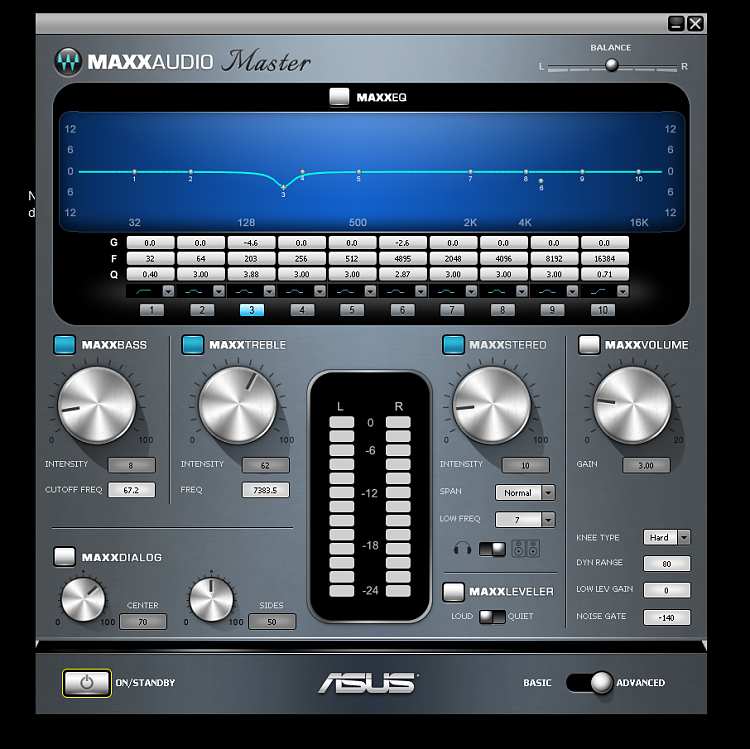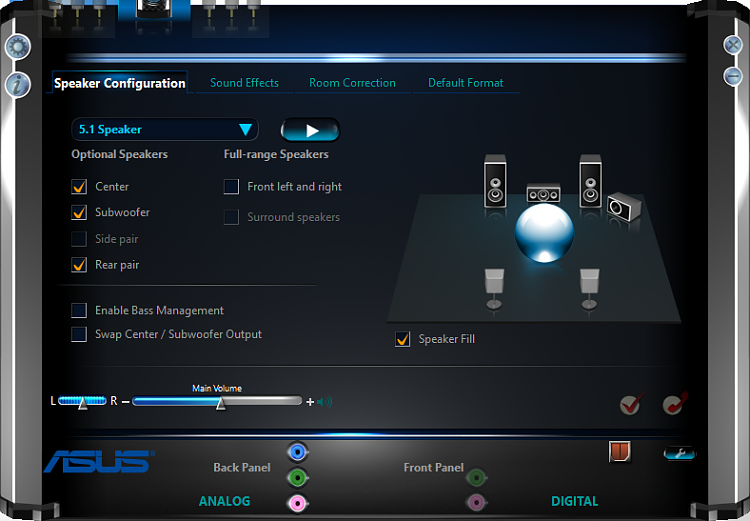
Select the “Recording Audio” troubleshooter, click “Run the Troubleshooter,” and follow the instructions on your screen.

To access it, head to Settings > Update & Security > Troubleshoot. Windows 10 has a built-in troubleshooter that will try to find and fix problems with recording audio automatically.

Desktop applications don’t always use the default microphone you select in the Windows sound settings.įor example, in Microsoft’s Skype, click menu > Settings > Audio & Video and choose your preferred microphone device from the “Microphone” menu. If you see your microphone showing audio input here, but you can’t get it to work in a particular application, you may need to open that application’s settings window and choose the appropriate microphone input device.

It usually works fine, but sometimes it doesn’t. Windows 10 tries to install and update device drivers automatically. If you’ve previously done that, you must return to the Device Manager and re-enable it. It’s also possible to disable the integrated microphone device through your computer’s Device Manager. If you’ve previously disabled the built-in microphone through your computer’s BIOS, you’ll need to head back to your BIOS settings and re-enable the microphone device. This option isn’t available on all laptops, but will likely be near an option that lets you disable your webcam if it exists. If you have a laptop with an integrated microphone, some laptop manufacturers let you disable this microphone in your PC’s BIOS or UEFI settings. It’s possible to disable your microphone in other ways. Traditional desktop apps from outside the Store will never appear in this list and will always have access to your microphone as long as the “Allow apps to access your microphone” setting is on.Įnsure Your Microphone Isn’t Disabled in Other Ways Msi usb issues.Only new-style apps from the Store appear here.


 0 kommentar(er)
0 kommentar(er)
